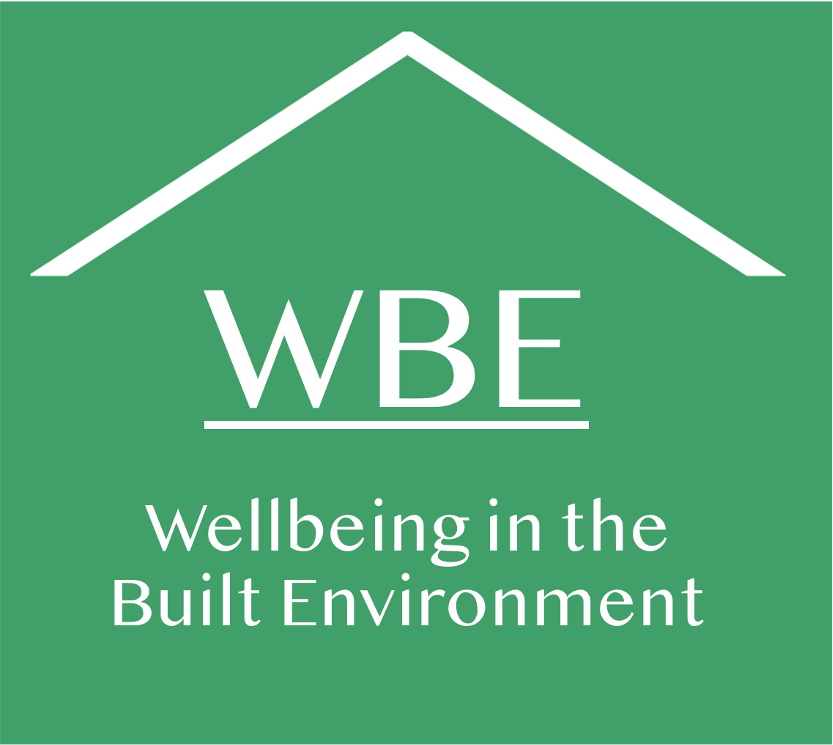METHODS
Overview
We are working to understand how human wellbeing is affected in the spaces that people live and work in, at all sorts of scales. This can be at the scale of using regular tools and items in everyday life, such as printers, kitchen appliances, and thermostats – and it can be at the scale of the elevator, a building facade with solar panels, and the scale of landscaped walks and gardens, bus stops and sidewalks. How does wellbeing become activated in people, in any of these environments? To find out, we have developed five methods of investigation (survey, interview, a photography exercise called Photovoice, and indoor environmental quality monitoring, and a small questionnaire using a smartwatch, that will help us understand wellbeing in the built environment, from different angles.
This work – about what people do and how they feel in and around the buildings where we spend so much time – is intended to be a companion to future environmental assessments of the built environment. We will monitor the temperature, humidity, lighting, air quality, and noise levels of some of our building sites, and then try to compare those environmental qualities, with how people are feeling. The goal is to see if we can understand what in the environment, if anything, is making people feel well or unwell – and also, what that means.
If possible, we conduct this research before people move into their new or renovated building – and then run the same methods again 6-12 months later (Pre-to-Post-Occupancy Evaluation or PPOE). We hope to begin to understand how the built form, in its designed spaces and indoor and outside features, might affect inhabitant wellbeing and comfort.
The overall goal is to find that “sweet spot”, between when and why humans feel well inside buildings and neighbourhoods, while also meeting sustainability goals in energy and water consumption, for example, for future generations. We believe that fostering wellbeing should be a default building design goal. And we think that it is “interactively” formed between the inhabitant and the built environment.

Tools
Four forms of qualitative investigations
(10-15 minutes online; 45 minutes over the phone)
We created a survey that asks simple questions about the suite, office, building, and/or neighbourhood that participants live or work in. We ask participants to rate their sense of wellbeing using the Multicultural Quality of Life Index questions, and we also ask about their sense of community wellbeing. We use the survey so that we can tally and statistically analyze responses, to get a sense of what both anonymous individuals, and groups, have to say about their living and workspaces, and wellbeing.
(2 x 30-60 minutes)
“Show don’t tell”: participants are asked to take photos of their home or office, in response to provided prompts. Researchers and participants then work together to interpret what the photos are showing, in terms of social practices and routines within the built environment, that may or may not enable a sense of wellbeing.
Interview

(30 minutes over the phone)
We use a “semi-structured” interview, that asks people to talk about activities undertaken and things used in their suite, office, building and neighbourhood. Unlike surveys, participants can express themselves in their own way, without being confined to survey question options.
Monitoring:
Indoor Environmental Quality(IEQ)

(Continuous for 1 year)
In addition to the qualitative data collections, we will measure the in-suite IEQ by using a compact wireless sensor package for a year, named AQSafe. The sensor has the capability to measure air temperature, relative humidity, illuminance level, carbon dioxide (CO2) concentration, total volatile organic compounds (TVOCs), particulate matter, and noise level.


